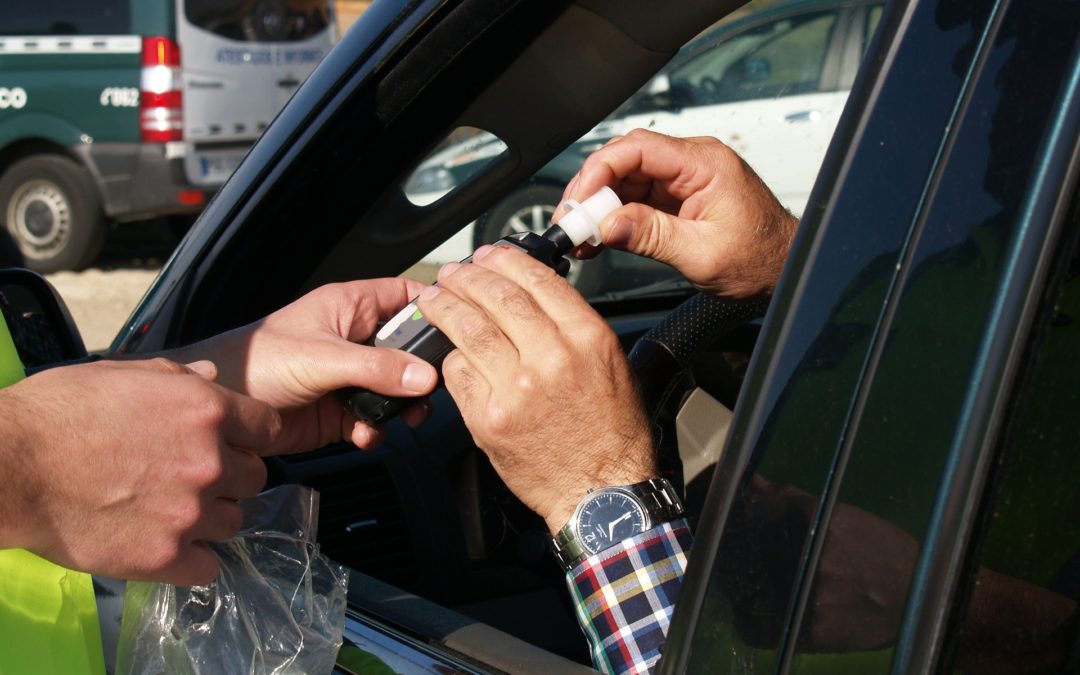Defending Against a Failed Sobriety Test
Many people refuse to consent to a Standardized Field Sobriety Test (SFST), because failing almost certainly means a DWI/DUI arrest. Prosecutors, however, will use this failure to their advantage by focusing on the fact that the defendant refused to take or otherwise submit to the SFST. The prosecutor’s argument is that the defendant refused because he or she was intoxicated and did not want to fail. Essentially, the prosecutor tries to convince the jury that a sober person would have no problem submitting to the SFST.
If you have been charged with a DWI/DUI after failing to submit to an SFST, hope is not lost. An experienced and effective defense attorney can argue that the SFST is designed so that everyone is unlikely to pass, sober or intoxicated. Once a jury understands how biased the SFST is, your chances of a favorable outcome in your case will greatly improve. This argument is even effective if you did submit to the SFST and the video evidence against you seems quite damaging. Even a failed sobriety test can be defended in the courtroom through effective representation from a DWI/DUI lawyer.
Here are just a few examples of how to defend against various aspects of the SFST:
The HGN Test:
The Horizontal Gaze and Nystagmus (HGN), is the involuntary jerking of one’s eye when it gazes to the side. This jerking becomes exaggerated by alcohol consumption and is therefore used as evidence of impairment in DWI/DUI cases. This test however is notoriously inaccurate as law enforcement often perform this test incorrectly, usually because they were taught incorrectly. If one officer on the force is conducting the test incorrectly and then teaches other officers how to do the test, they are all going to do it incorrectly. Further still, officers that are taught correctly, sometimes fail to follow the protocol they were taught and do not conduct the test as it was intended to be performed.
There are a number of factors that can cause you to fail an HGN test that have nothing to do with alcohol consumption such as medical, environmental, and biological variables. Law enforcement, and, by extension, the prosecution are not going to take these variables into consideration during your DWI/DUI case. If your eyes jerk during the test, no matter what the cause, your encounter with police will probably end in an arrest.
The Walk and Turn:
The walk and turn test typically involves the following: you will first be asked to stand heel to toe with your arms at your side; then you will be asked to put your right foot in front of your left foot, heel to toe, in a straight line with your arms at your side. The officer will also require that you maintain the heel to toe position during the time it takes him or her to explain the test and provide instruction. This instructional phase can take as long as ninety seconds, allowing fatigue to set into the lower body. Further complicating matters is the instruction that your heel and toe must be within one half inch of each other during the duration of the test. This is extremely difficult when you are taking a test on the side of an uneven road while traffic speeds by and a cop shines a light in your face
If you step out of the correct position at any time during the test, the police can, and often will, use that as evidence of intoxication and move forward with the DWI/DUI arrest. You only need to display two “clues” (or errors) out of eight for law enforcement to bring intoxication charges against you.
The main problem with this test, much like all of the tests within the SFST, is that it is hard to explain how law enforcement assesses performance. If an officer has no baseline, meaning they do not know how you would perform on the walk and turn test when you are totally sober, how would they know that your failed walk and turn was the result of intoxication?
The One-Leg Stand:
The one-leg stand test is performed as follows: you will be asked to stand with your arms at your sides with your feet together. You must then pick up one leg and raise it until your foot is six inches off the ground, with your toe pointing forward. Finally, you will be asked to count out loud and the officer will tell you when to stop. During this process, the officer is supposed to time you for thirty seconds and record how many intoxication clues you display. These clues often include putting your foot down during the count, swaying, using your arms, and/or hopping.
Reaching four clues is incredibly easy and this is further complicated by the fact that the officer will not tell you ahead of time what he or she is looking for during the test. You will only be told what the officer wants you to do. You will be given simple instructions such as, “pick your foot back up if it touches the ground.” The officer will not mention that putting your foot down is evidence of intoxication. A jury panel can be told that this sends a message that it is okay to put your foot down if you begin to lose your balance. It actually encourages you to score a point against yourself, making the test both bias and unfair.
it is important to make the jury aware of these issues and an attorney in this practice area can make effective arguments that can help you during your DWI/DUI trial. Contact the Peugh Law Firm today to find out how we can help you.





